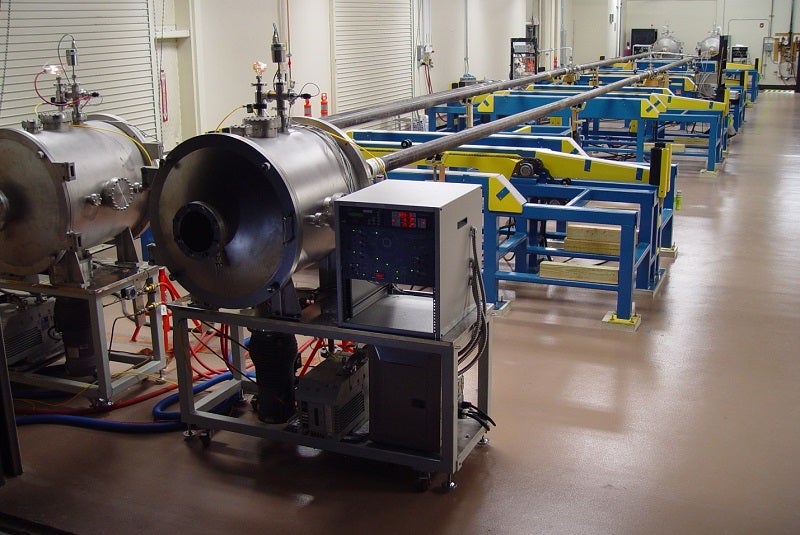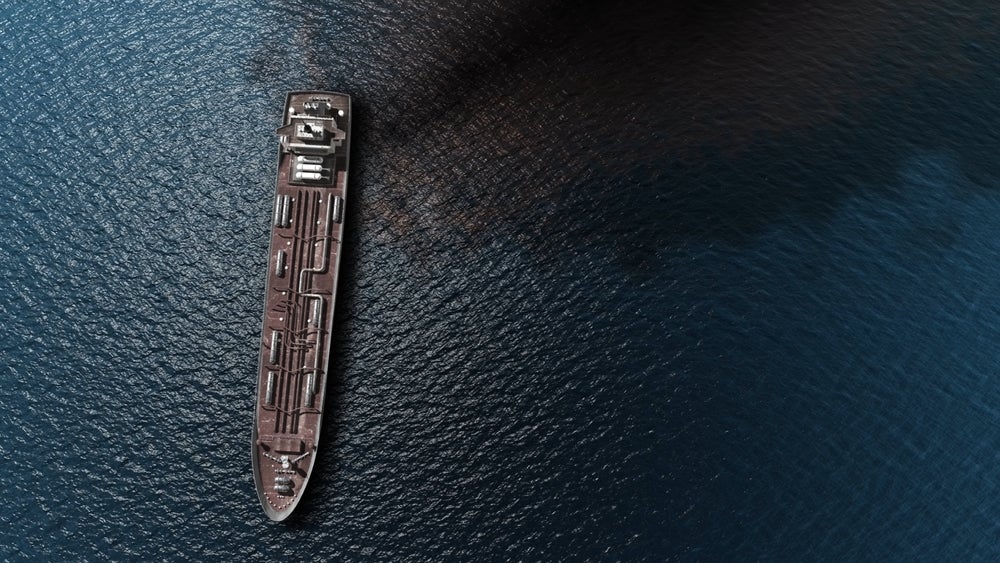
Southwest Research Institute (SwRI) in the US has developed a superhydrophobic coating technology called ‘LotusFlo’ to protect offshore drilling pipes from clogging.
The LotusFlo coating can be applied to prevent various substances from occluding the flow of oil. These substances that clog the drill pipes can halt the oil flow. The new technology can reject the entry of liquids and other materials into the pipes. Existing solutions used to prevent clogging include pouring costly chemicals into the drill pipes, which in turn pollute the surrounding ocean.
SwRI institute scientist and LotusFlo principal developer Dr Michael Miller said: “Offshore oil drilling faces a number of challenges in extracting petroleum from beneath the ocean floor.
“Pipes are frequently clogged by substances like asphaltenes, which are sticky and tar-like molecular substances found in crude oil; paraffins, soft waxy materials that are derived from petroleum; and inorganic scales, which are mineral deposits that form when water mixed with different types of salty liquids.”
The pipe coating is applied under vacuum conditions. It comprises silicon, oxygen, carbon and fluorine, for long lasting life of the pipes, irrespective of harsh drilling environments.
SwRI noted that the LotusFlo coating process involves connecting several 40ft sections of pipe together in low atmospheric pressures. As part of the coating process, an electrode is inserted from one end to other end of the pipe and suspended at the centre point of the pipe.
How well do you really know your competitors?
Access the most comprehensive Company Profiles on the market, powered by GlobalData. Save hours of research. Gain competitive edge.

Thank you!
Your download email will arrive shortly
Not ready to buy yet? Download a free sample
We are confident about the unique quality of our Company Profiles. However, we want you to make the most beneficial decision for your business, so we offer a free sample that you can download by submitting the below form
By GlobalDataSwRI further said in a statement: “Volatile molecules are then introduced into the evacuated pipe to ignite highly ionised gas molecules, or plasma, inside the entire length of the pipe structure.
“The plasma, once ignited, emits light and fragments in a special way to allow control over the chemical precursor molecules to form other ions in the plasma, which are then accelerated very rapidly onto the internal surface of the pipe.”
The ions undergo a polymerised reaction when they collide on the interior surface, which results in an inorganic, glass-like coating that keeps the materials from sticking to the pipe surfaces.







